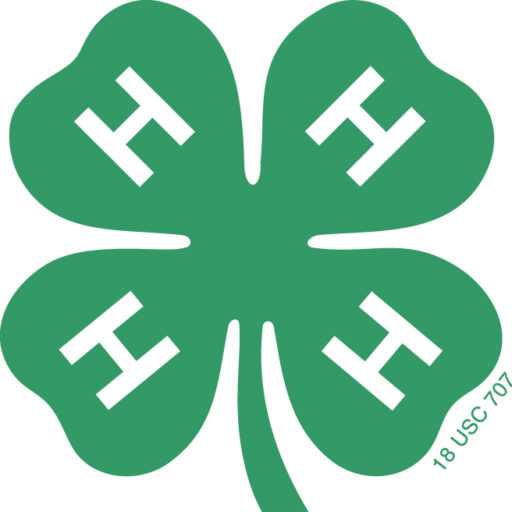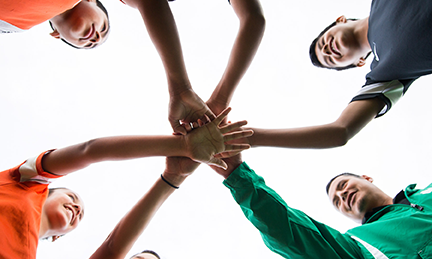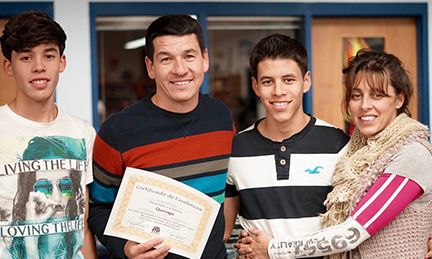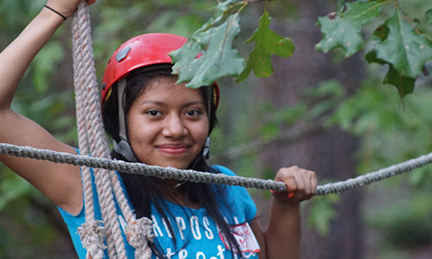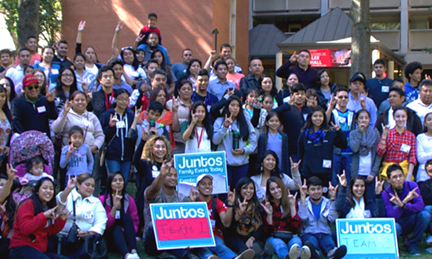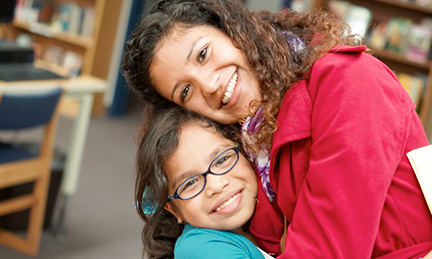Ruwanthi Ekanayake – National Winner
“Stepping forward into my future, I have an unlikely confidence in my future—a confidence that I have 4‑H to thank.”
Ruwanthi (Ru) Ekanayake, through University of California Cooperative Extension, is the 2016 winner in the Healthy Living pillar, sponsored by Molina Healthcare. As a member of the National 4‑H Healthy Living Ambassador team, Ru has been instrumental at bringing 4‑H’ers across the country together. She has also launched The Fourth H blog and created a Healthy Living Youth Summit for nine counties in Southern California.
Since her win as the Healthy Living and National winner, Ru has continued her work as an advocate for health and wellness. As the National Healthy Living youth spokesperson, she participated in a national 2017 4‑H Youth in Action webinar, sharing her experience and journey as a 4‑H Youth in Action Award recipient.
Thaddeus Hughes
“I am blessed, through 4‑H, with the ability to connect with other youth that share a passion and vision for a better world.”
Thaddeus (Thad) Hughes, through University of Illinois Cooperative Extension, is the recipient of the 2016 STEM pillar award, sponsored by HughesNet. Thad has been a mentor for FIRST Lego League and Illinois State Robotics Competition teams for four years. Over the course of his work in 4‑H, he has helped to introduce STEM and robotics to more than 6,000 youth across Illinois.
In the past few months, Thad has continued to share and strengthen his passion for STEM and robotics. He received hands-on experience as an intern at HughesNet, where he served as a mentor/facilitator of their exclusive 4‑H National Youth Science Day Preview Event. He also appeared in a segment for the 2016 American Graduate Day broadcast, where he was joined by NASA astronaut and 4‑H alumna Peggy Whitson.
Lexie Lerblance
“I can’t wait to encourage our youth to work to obtain whatever their dreams may be! All it takes is someone to ask us to step up and be a leader.”
The winner of the 2016 Citizenship pillar is Lexie Lerblance, through Oklahoma State University Cooperative Extension. As her 4‑H Project of Excellence, Lexie helped create TLC Wig Closet, a non-profit that provides wigs, head coverings, bras and prosthesis for women suffering from breast cancer. Through her 4‑H experience, she has spoken at the Pink Ribbon Luncheon and gave presentations to the Federal Board of Education.
Since being honored as the Citizenship pillar winner, Lexie has continued her work in serving her community. She attended the 4‑H Citizenship Washington Focus with the Oklahoma delegation, where she learned what it really means to be a good citizen. Additionally, she was inducted into the Oklahoma 4‑H Hall of Fame, ranked number one in her state.
Jacob Shuman
“I hope to motivate those with learning difficulties to join 4‑H, to reach for that brass ring and attain success.”
Jacob Shuman, through Ohio State University Cooperative Extension, is the 2016 Agriculture & Animal Science winner. He earned this award by creating TEACH B’s (Teens Educating Adults and Children about Honey Bees), a program that educates people about the importance of honeybees in pollinating crops and the need to help them survive in changing climates.
Jacob’s passion for bee care and awareness has since grown tremendously since his Youth in Action win. He had the opportunity to visit the Bayer CropScience facility and took in their bee exhibit and greenhouse.






